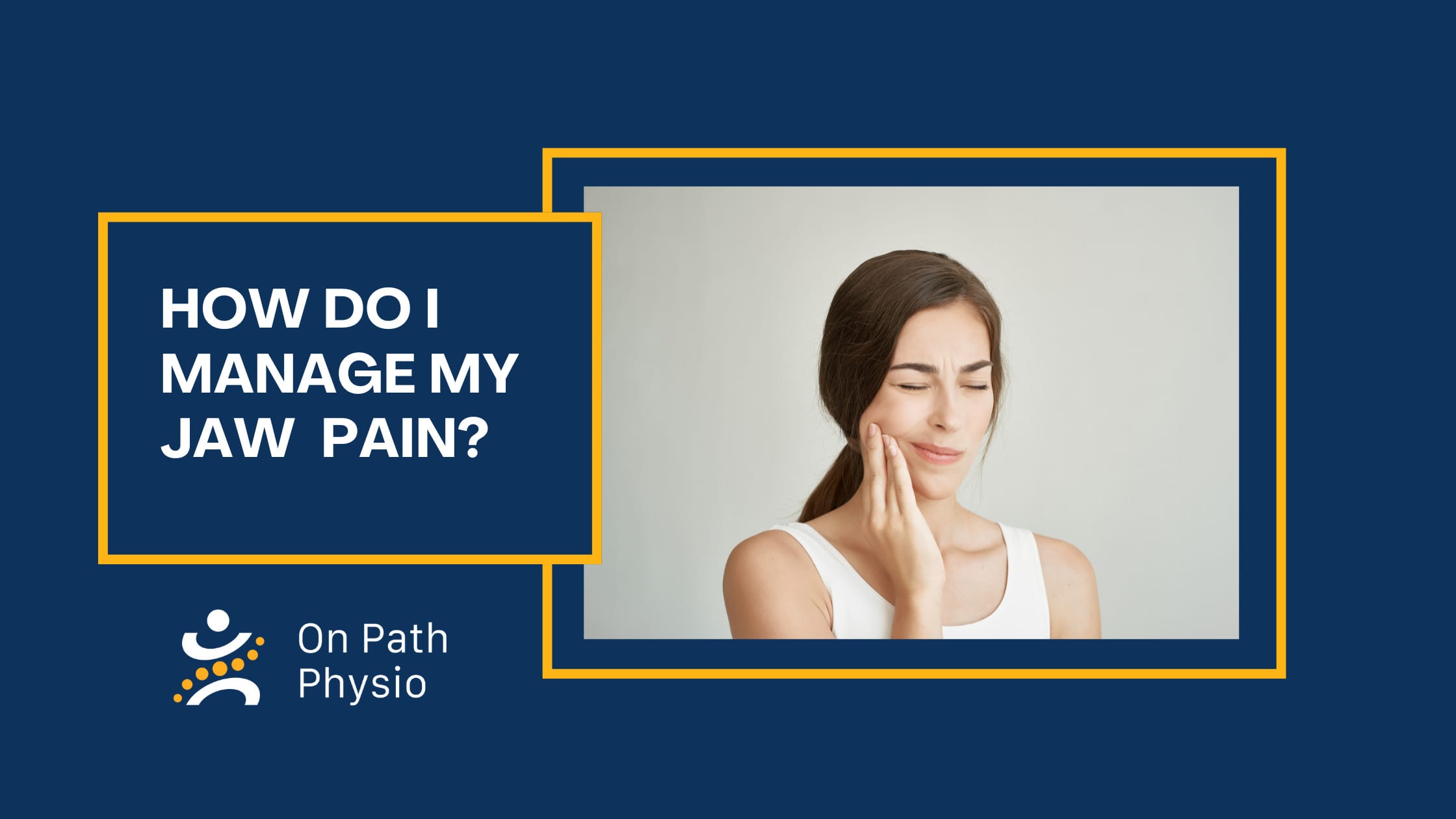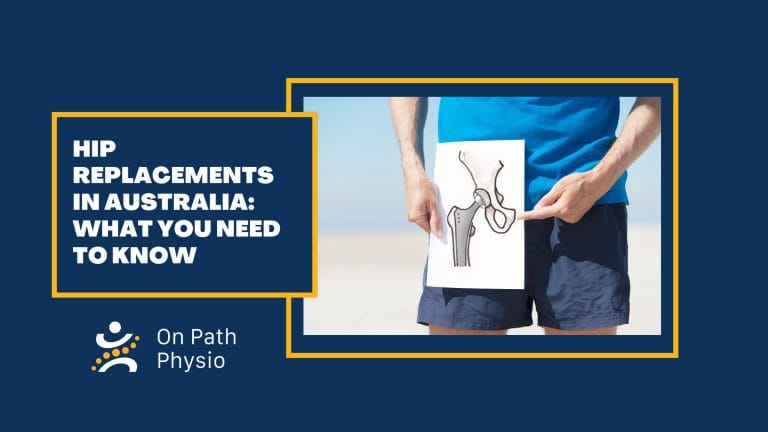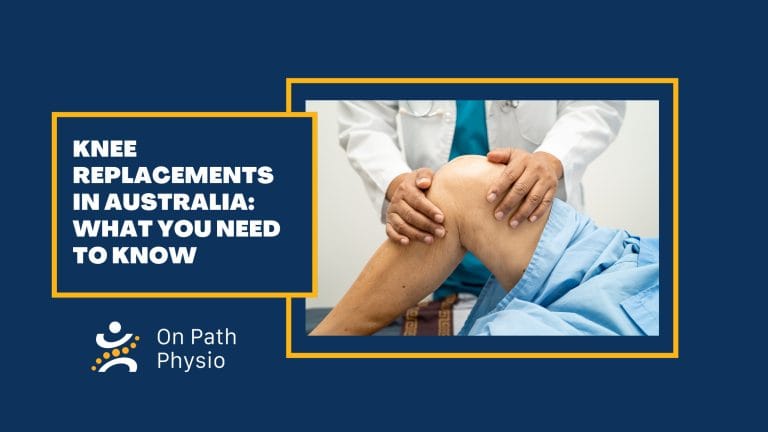Jaw pain can be frustrating; it affects how you talk, eat, and even sleep. One of the most common sources of jaw discomfort is the Temporomandibular Joint (TMJ) the joint that connects your lower jawbone (mandible) to the temporal bone on the sides of your head.
Let’s take a closer look at how this joint works, why it can become painful, and what you can do to manage TMJ pain effectively.
What is TMJ?
The TMJ is a complex joint because it allows for two types of movement:
- Opening and closing the mouth (lowering the mandible).
- Sliding forward and back, which lets you open your mouth wider and chew food.
A small disc inside the TMJ allows the mandible to glide smoothly during these movements.
When you’re relaxed, your upper and lower teeth don’t touch and there’s often a small gap between the lips. However, when you speak, bite, or chew, your jaw muscles work together in a highly coordinated way to open, close, and move side to side.
Because these muscles are active all day, they can easily become strained or overused.
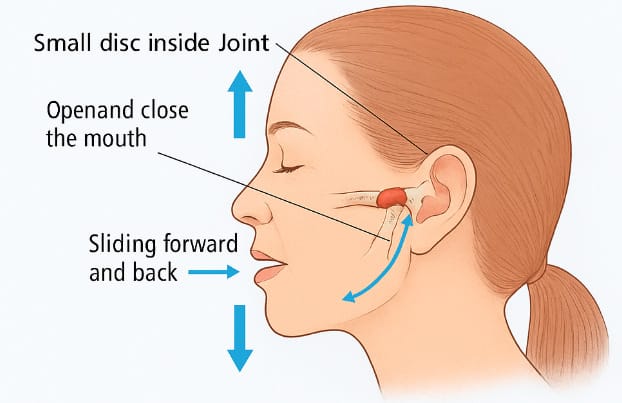
Common Causes of Jaw Pain
1. Prolonged Dental Procedures
It might sound ironic, but jaw pain can occur after a long dental appointment — especially if you’ve had to keep your mouth open for more than 20 minutes. The muscles that hold the jaw closed can become strained, leaving you sore afterward.
2. Teeth Grinding (Bruxism)
The most common cause of jaw pain is bruxism or grinding your teeth usually during sleep. The grinding motion is strong and repetitive, leading to overworked muscles, tenderness, and sometimes even tooth wear if left untreated.
If you suspect bruxism, it’s worth visiting your dentist. They may recommend a bite splint to protect your teeth and ease muscle strain.
Jaw Pain Treatment Options
There are several effective ways to relieve jaw pain, depending on the cause and severity:
1. Botox Injections
Administered by a dentist, Botox relaxes the muscles around the TMJ and neck, offering temporary relief especially for bruxism-related pain. However, it can be expensive and may not suit those uncomfortable with needles.

2. Dry Needling
Performed by allied health professionals such as physiotherapists, dry needling helps release tight jaw muscles and relieve pain. The results are often like Botox but are typically more affordable. Again, this may not suit patients who prefer to avoid needles.
3. Internal (Intraoral) Treatment
This is often the most effective method, as it directly targets the muscles responsible for the pain from within the mouth. It’s minimally invasive, cost-effective, and provides lasting relief without injections or medication.
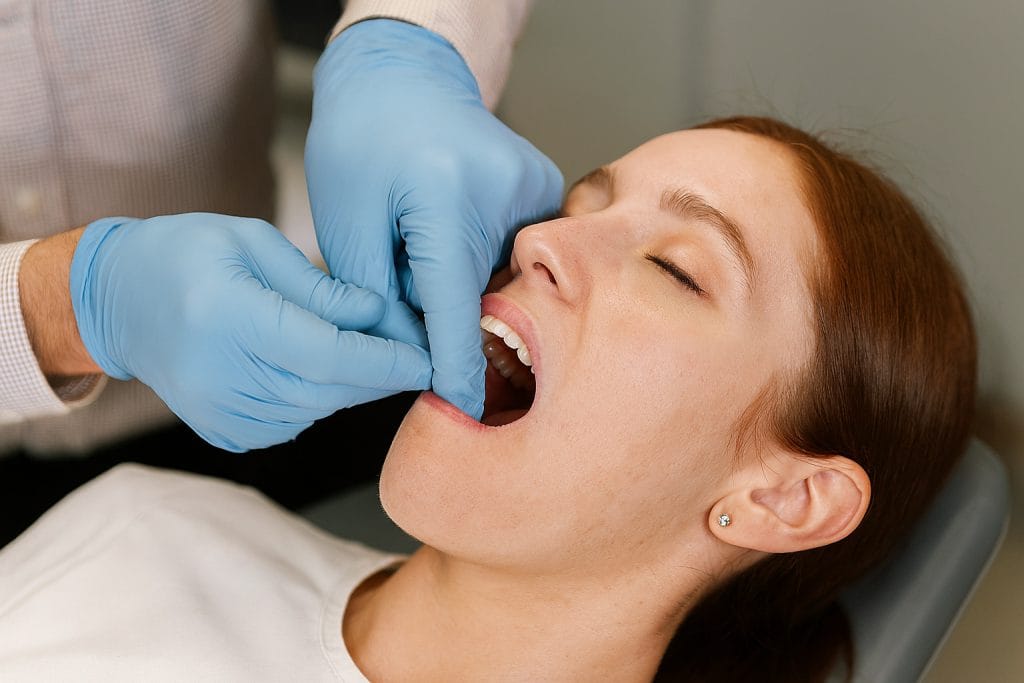
Getting to the Root Cause: Why Do We Grind Our Teeth?
Bruxism is often subconscious and linked to stress. Understanding and addressing what’s driving your stress response can be key to long-term relief. Techniques like mindfulness, relaxation exercises, and physiotherapy can help reduce muscle tension and jaw clenching over time.
How Can On Path Physio Help Relieve Jaw Pain and TMJ Dysfunction?
At On Path Physio, we treat jaw pain and TMJ dysfunction using dry needling or internal treatment techniques. Our goal is to relieve your discomfort and restore normal jaw function so you can get back to eating, talking, and living comfortably.
Call us today to discuss your symptoms and book your preferred treatment option.

